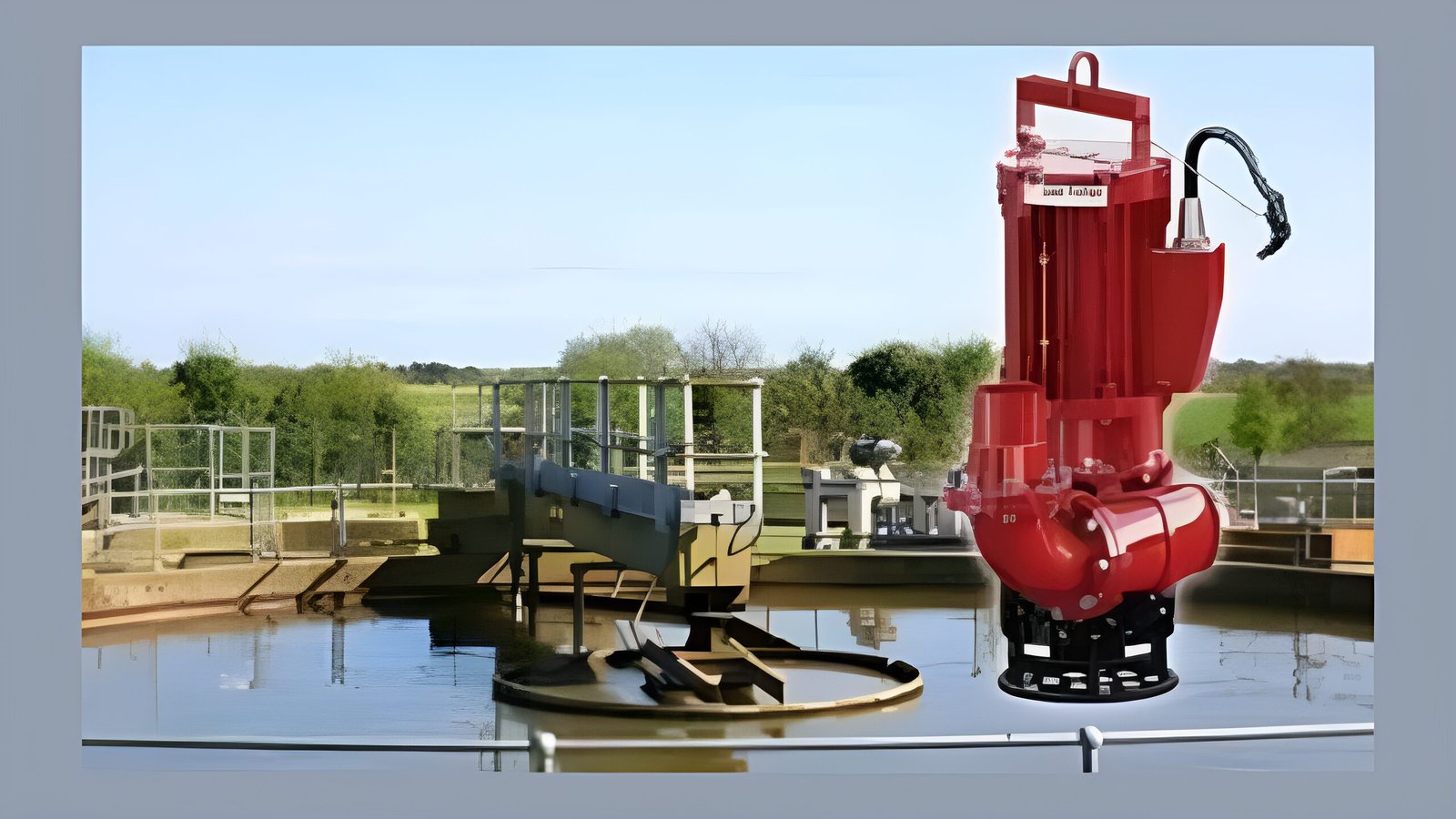A Complete Guide to Submersible Sludge Pumps for Industrial Applications

Efficient sludge management is a critical component of many industrial processes. From wastewater treatment plants to mining operations, handling viscous, abrasive, and often corrosive sludge demands high-performance pumping solutions. Among these, submersible sludge pumps have emerged as a robust, reliable option tailored for the most challenging environments.
This guide provides a comprehensive overview of submersible sludge pumps, highlighting their design, applications, advantages, and key selection criteria for industrial users.
What Are Submersible Sludge Pumps?
Submersible sludge pumps are heavy-duty pumps designed to operate entirely submerged in fluid. Unlike surface-mounted pumps, these are placed directly into the sludge pit or tank, allowing them to move thick, solid-laden materials more effectively.
These pumps vary from standard water pumps in several key aspects:
- Designed for High Viscosity and Solids: Built to handle thick sludge, sediments, and solids.
- Sealed for submersion: Featuring sealed motors and waterproof construction.
- Durable Materials: Often made from high-chrome steel or other abrasion-resistant materials.
Sludge vs. Slurry vs. Wastewater Pumps
- Sludge: Semi-solid waste, often organic, found in wastewater treatment and industrial by-products.
- Slurry: A mix of solids suspended in liquid, common in mining and processing industries.
- Wastewater: Water containing dissolved or suspended waste, typically requiring less rugged equipment.
Types of Submersible Sludge Pumps
- Cutter Pumps: Equipped with cutting blades to shred solids before pumping.
- Vortex pumps: Designed with a recessed impeller to minimize clogging risks.
- Grinder pumps: Perfect for handling sewage and dense organic sludge.
- Slurry Pumps: Optimized for abrasive solids in a water mixture.
Key Features of Industrial Submersible Pumps
Submersible sludge pumps for industrial use are engineered with specific features to withstand harsh working conditions.
Design Considerations
- Motor Power: Typically ranges from 1 HP to over 100 HP for large-scale operations.
- Impellers: Vortex, semi-open, and closed impellers are designed for specific types of sludge.
- Sealing Systems: Double mechanical seals prevent leakage and protect the motor from contamination.
- Cooling Jackets: Help maintain motor temperature during extended periods of operation.
Construction Materials
- High-Chrome Iron: Ideal for abrasive slurries.
- Stainless Steel: Corrosion-resistant for chemical and food industries.
- Polyurethane Coatings: Used in some applications for cost-effective wear resistance.
Applications of Heavy-Duty Sludge Pumps
Submersible sludge pumps are adaptable tools used across various industries:
Mining and Mineral Processing
- Handling ore slurry and tailings
- Pumping under acidic and abrasive conditions
Wastewater Treatment Plants
- Sludge removal from sedimentation tanks
- Pumping activated sludge and scum
Tunneling and Construction
- Dewatering flooded work zones
- Handling slurry from boring and excavation
Chemical and Food Processing
- Managing process waste with suspended solids
- Safe handling of corrosive or reactive sludge
Advantages of Using Submersible Pumps for Solids Handling
Submersible pumps provide multiple benefits in handling sludge and slurry in industrial settings:
- Space-Efficient: No need for priming or external housing.
- Efficient solids handling: Able to pass solids up to several inches in diameter.
- Lower Maintenance: Fewer moving parts and sealed construction reduce the likelihood of breakdowns.
- Safe Operation: Installed below the fluid level, reducing the risk of cavitation and overheating.
How to Choose the Best Sludge Pump for Industrial Use
When selecting an industrial submersible pump, consider these crucial criteria:
Pump Specifications
- Flow Rate (GPM or m³/h): Depends on the volume of sludge to be pumped.
- Head (Pressure): The Height the pump can move fluid vertically.
- Solids Size: The maximum diameter of solids the pump can handle.
Sludge Characteristics
- Viscosity: Thicker sludge requires higher torque and slower speeds.
- Abrasiveness: Determines need for high-wear materials.
- Corrosiveness: Influences material selection (e.g., stainless steel vs. iron).
Operational Features
- Power Supply: Single-phase or three-phase motors.
- Control Systems: Auto start/stop, level sensors, and remote monitoring.
- Energy Efficiency: Look for pumps with premium efficiency motors.
Submersible Dewatering Pumps vs. Sludge Pumps
While both pump types are submersible, their applications and builds differ significantly:
| Feature | Dewatering Pumps | Sludge Pumps |
| Fluid Type | Clear to slightly dirty water | Thick sludge with solids |
| Impeller Type | Open or semi-open | Vortex or grinder |
| Solids Handling | Limited | Designed for heavy solids |
| Common Use | Flood control, construction | Wastewater, mining, processing |
Use a dewatering pump for removing water quickly; use a sludge pump when the solids content is high.
Installation and Maintenance Best Practices
Correct installation and routine maintenance are crucial for long-term performance.
Installation Tips
- Install using a guide rail system for easy removal and maintenance.
- Use float switches or level sensors for automated operation.
- Position the pump to avoid clog-prone zones in the tank.
Maintenance Schedule
- Daily: Check pump temperature and flow.
- Weekly: Inspect seals, power supply, and motor operation.
- Monthly: Clean impellers and check wear plates.
- Annually: Overhaul motor and replace seals if needed.
Troubleshooting Common Issues
- Low Flow Rate: Check for clogs in the impeller or discharge line.
- Overheating: Ensure the pump is completely submerged and verify the motor’s cooling system.
- Noisy Operation: Likely caused by impeller damage or bearing wear.
READ MORE
Conclusion
Submersible sludge pumps are indispensable tools in managing the thick, abrasive, and challenging waste materials found in many industrial environments. From wastewater treatment plants to mines and construction zones, these pumps offer unmatched durability and efficiency for solids-handling applications.
When selecting the right sludge pump, industrial users should consider factors such as sludge characteristics, flow requirements, pump durability, and ease of maintenance. With proper selection and care, a high-quality submersible sludge pump will provide years of reliable service in the most demanding conditions.
Whether you’re pumping thick sludge, handling abrasive slurry, or managing industrial wastewater, there’s a high-performance industrial submersible pump designed to meet your needs.
